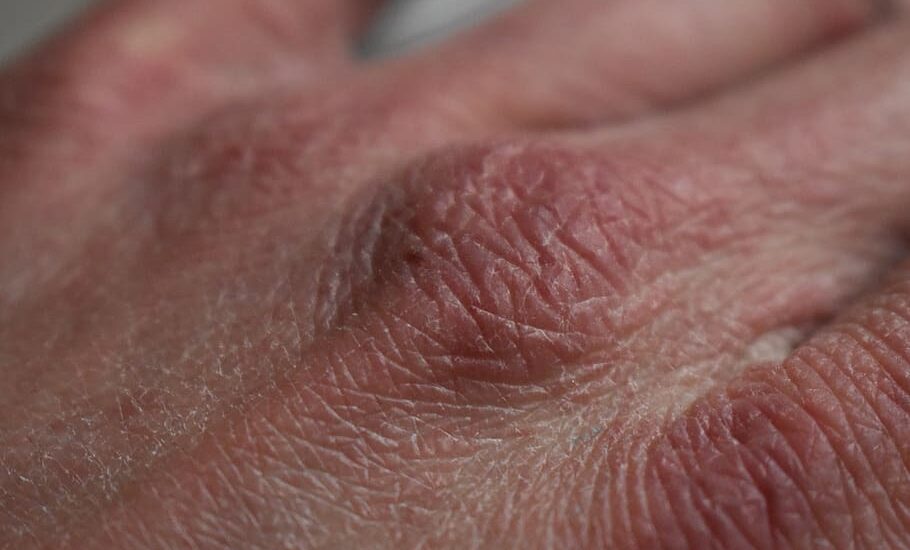Struggling with dry skin after fungal infection is a common but treatable issue. This guide will walk you through each step of the recovery process, providing you with effective strategies for healing and prevention.

Table of Contents
Understanding the Causes of Dry Skin After Fungal Infection
Fungal infections are usually caused by a type of fungus called dermatophytes. These fungi disturb the skin’s natural balance and cause the skin to lose its ability to retain moisture, often leading to dryness.
When you treat the infection with antifungal creams, these treatments can also dry the skin as they are designed to eliminate fungi, but can also affect the skin’s natural oils. It’s a kind of double-edged sword—while you’re curing the infection, you might be inadvertently drying out your skin. Therefore, it’s not uncommon to experience dry skin after successfully treating a fungal infection. Source
Initial Steps for Recovery from Dry Skin After Fungal Infection
The first and foremost step is to ensure that your fungal infection has fully healed. Consult your healthcare provider for this confirmation. Once you’re certain the infection is gone, you can proceed with skin recovery. Here’s how:
Cleanse Gently: Opt for a soap-free, hydrating cleanser that is designed for sensitive or dry skin. Products with harsh chemicals can further dry out and irritate your skin. Gently massage the cleanser into your skin and rinse off with cool water.
Check out this Curel Itch Defense Calming Daily Cleanser listed on Amazon.
Pat Dry: Use a soft, clean towel to pat your skin dry. Avoid rubbing, as this can cause further irritation and even small tears in your already sensitive skin.
Immediate Moisturizing: Right after patting the skin dry, apply a fragrance-free moisturizer. The idea is to lock in the moisture when your skin is still somewhat damp.
A good product example is the Amazon-listed Cetaphil Body Moisturizer. It’s suitable for dry skin, it’s fragrance-free, non-comedogenic, and non-greasy.
Choosing the Right Products for Dry Skin After Fungal Infection
Selecting the right skincare products is crucial for your recovery from dry skin after fungal infection. Here’s what to look for:
Hyaluronic Acid: This is a humectant, meaning it draws moisture from the air and helps keep it in your skin. It is especially useful in a dry environment.
Ceramides: These are lipid molecules that form the skin’s barrier and help the skin retain moisture. Creams with ceramides are often recommended for people with eczema and may be beneficial for you as well.
Avoid Alcohol and Fragrances: These ingredients can irritate your skin and exacerbate dryness. Always opt for fragrance-free and alcohol-free products.
Check out these other articles…
Can Fungal Infection Cause Skin Discoloration? Answered
Skin Peeling After Fungal Infection: How to Deal with It
Red Skin After Fungal Infection: 3 Causes & Sure Solutions
How Long Does Fungal Infection on Skin Last? Complete Guide
Can Fungal Infection Cause Skin Rash? – Unraveling the Truth
Long-Term Care for Dry Skin After Fungal Infection
Maintaining skin health requires consistent and long-term care. Here are some strategies to incorporate into your daily life:
Consistency: Consistency is key. Make sure to stick to your cleansing and moisturizing routine daily.
Use a Humidifier: A humidifier can add much-needed moisture to dry indoor air, which can be particularly beneficial for dry skin.
Avoid Known Triggers: If you know hot showers dry out your skin, opt for lukewarm ones. If certain fabrics, like wool, irritate your skin, choose clothing made of soft, breathable materials like cotton.


